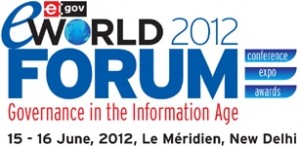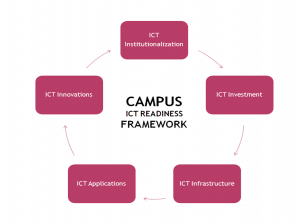Ruckus Wireless has deployed Ruckus Smart Wi-Fi at VIT Vellore and VIT Chennai to support a campus-wide Wi-Fi network, delivering a high-speed Wi-Fi network to over 20,000 students. The campus-wide consists of over 200 Ruckus ZoneFlex 7962 dual-band 11n Access Points, covering new student hostel facilities.
Mohan Kumar C M, Head of IT Infrastructure, VIT University, Chennai said “Today, technology has permeated every sphere of life. Universities across the globe are using it to invigorate their academic and administrative processes. Proliferations of mobile devices such as smart phones, tablets have made our university become a more open learning environment. The problem is that universities create one of the worst environments for Wi-Fi given all the various devices, obstructions, delay-sensitive applications and RF interferences found here. We were looking for a Wi-Fi system that would work well in interference prone and environment where full of obstructions. For students today, Wi-Fi is now not just a matter of convenience or a privilege; it is an expectation. Mobility is the need of the hour. Campus Wi-Fi networks help the students and faculty members to access to e-learning materials anytime anywhere.” Kumar added.
There were major challenges in university’s existing wireless infrastructure. The legacy Wi-Fi network could not cater to the huge data demand and user density at the campus. Students and faculty staff had to deal with network availability very often. Also, it would often lead to loss of connectivity as a result of choking of bandwidth. The entire connectivity infrastructure was unreliable which led to a large number of complaints.
“Wi-Fi is now considered as a strategic imperative in education, enabling a ubiquitous, always-on learning environment connecting to the world. Today mobile devices have risen to become the most popular way to stay online, encouraging higher education to create a more open and efficient environment to students. Wi-Fi is widely used as an aid to enable e-learning, increase operational efficiency and gain timely information access. Ruckus Smart Wi-Fi provides the reliability needed for the new type of applications demanded by the education industry. Ruckus was honored to be the provider of VIT’s WLAN network. Ruckus patented adaptive antenna and ChannelFly technologies enabled large deployments in high RF interference environment to continually maintain a stable and consistent Wi-Fi networks without a lot of un-necessary add-on equipment. Therefore Ruckus is able to deploy high-performance Wi-Fi at a more affordable price than our competitors.” said Manjit Singh, Managing Director for India, Ruckus Wireless.
VIT looked at several popular Wi-Fi solutions in the market, but could not zero in on the brand with the right balance of performance and cost. The new requirement for campus Wi-Fi should be able to be deployed campus-wide at an affordable price. Only Ruckus Smart Wi-Fi gave the highest performance in terms of coverage, performance, manageability, and scalability at the cost VIT can deploy today, and continue to expand in the future.
VIT started the deployment in November 2011 and the entire deployment, including the cabling throughout the campus was completed within 1 month. Ruckus SmartMesh enabled VIT to outfit the ZoneFlex system where cabling was not in place. By backhauling the Wi-Fi traffic through the 5G Hz mesh links, VIT was able to bring Wi-Fi wherever they wanted, even without Ethernet cabling in place.
“We proposed Ruckus Smart Wi-Fi because they delivered a robust performance that meets testing parameters of VIT. Even though there were a large number of APs installed, the configuration was easy and the installation hardly lasted a few hours. Ruckus Wi-Fi technology delivered much better coverage, interference mitigation and deployment flexibility that we couldn’t find in any other supplier.” said Murali Rajesh, General Manager, Seamless Communication (P) Limited.



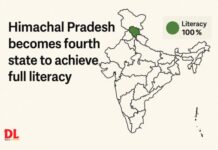
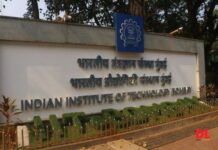

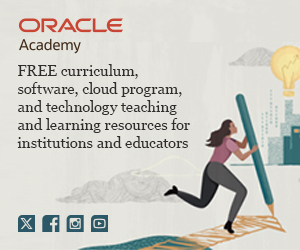

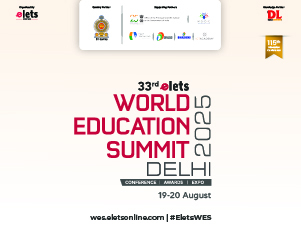



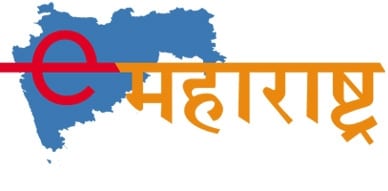 We put the spotlight on Maharashtra and its initiatives and efforts in bringing about a digitally inclusive society, of ICTs playing the harbinger of a silent revolution in obscure towns and villages, of acknowledging the efforts and addressing the challenges, and of bringing all stakeholders with common concerns into one platform, the eMaharashtra platform.
We put the spotlight on Maharashtra and its initiatives and efforts in bringing about a digitally inclusive society, of ICTs playing the harbinger of a silent revolution in obscure towns and villages, of acknowledging the efforts and addressing the challenges, and of bringing all stakeholders with common concerns into one platform, the eMaharashtra platform.
